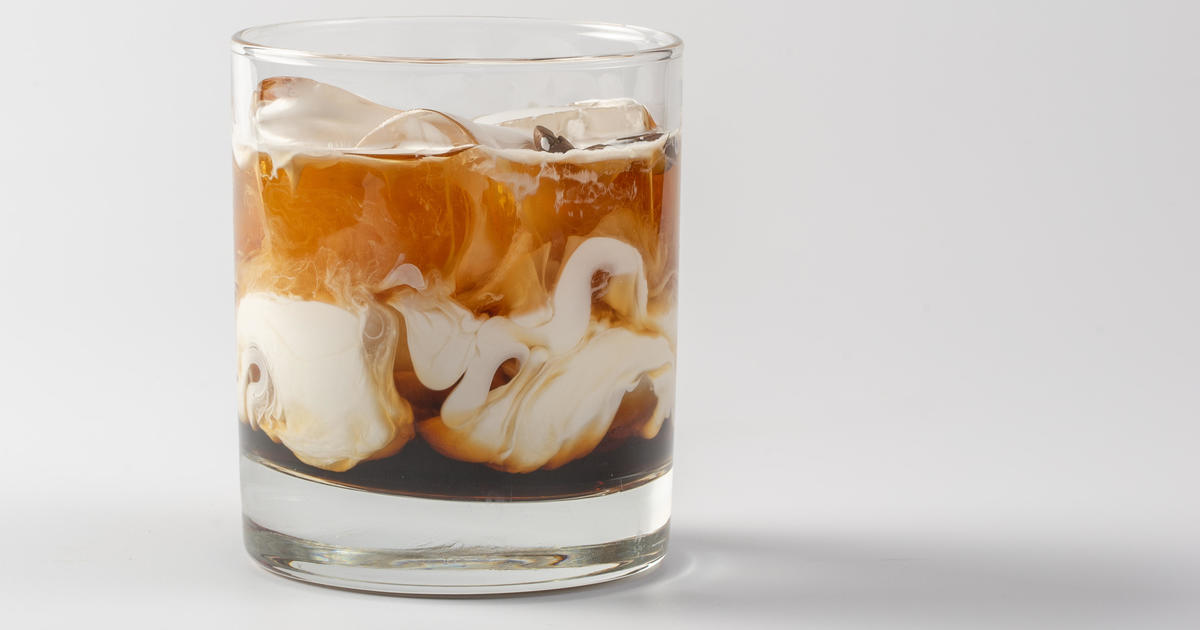The popularity of dirty sodas, a customized beverage blending soft drinks with cream, syrups, and other flavorings, has exploded, particularly fueled by social media trends and the exposure from reality TV. This customizable drink offers a refreshing and unique twist on traditional soft drinks, but it’s important to understand its nutritional implications. This article will delve into the surging popularity of dirty sodas, exploring its nutritional content, health implications, and the overall craze surrounding this sweet concoction.
The Dirty Soda Craze: A Social Media Phenomenon
The meteoric rise of dirty sodas is undeniably a social media success story. Initially gaining traction a few years ago, the drink’s popularity skyrocketed after being featured on “The Secret Lives of Mormon Wives,” which highlighted the Utah-based dirty soda shop, Swig. This exposure catapulted dirty sodas into the national spotlight, leading to an explosion of online recipe sharing and imitations popping up nationwide. Yelp data corroborates this surge in popularity, showcasing a 609% increase in searches for “dirty soda” and a 222% jump in searches for “Swig” compared to September 2023. This substantial growth is attributed to its extreme customizability, enabling countless unique flavor combinations that fuel user-generated content and engagement.
Endless Customization Drives the Trend
What sets dirty sodas apart is their inherent adaptability. The combination possibilities are nearly limitless, attracting both seasoned soda enthusiasts and newcomers alike. Social media platforms like TikTok and Instagram have become breeding grounds for creative recipes, with users experimenting and sharing innovative pairings that keep the trend constantly evolving. This continuous evolution and adaptation cater to individual preferences, contributing to the enduring nature of the craze. The trend extends beyond simple variations; even incorporating protein shakes instead of traditional cream highlights this remarkable adaptability.
Nutritional Breakdown: Sugar, Calories, and Potential Health Concerns
While undeniably delicious, it is crucial to address the nutritional aspects of dirty sodas. These beverages are essentially sugary soft drinks augmented with added sweeteners and creamers, which significantly increase the calorie and sugar content. The actual nutritional profile varies widely depending on the specific ingredients employed. Using regular soda, syrup, and creamer will result in a significantly higher calorie and sugar content compared to using diet soda and sugar-free alternatives.
Sugar Content and Calorie Count
The considerable sugar content in most dirty soda recipes should be a key concern. High sugar intake is linked to various health issues, including weight gain, type 2 diabetes, heart disease, and tooth decay. The combination of sugar and calories from added creamers further exacerbates these health risks. Choosing diet soda and sugar-free alternatives can help mitigate this issue, although the impact of sugar substitutes remains a subject of ongoing research and some debate.
The Protein Soda Variant: A Healthier Option?
The emergence of “protein” dirty sodas, using protein milk or shakes as a base, raises the question of whether these are healthier alternatives. While the addition of protein offers some nutritional benefit in terms of protein, calcium, and other essential vitamins and minerals, it doesn’t negate the underlying issues of added sugar and artificial sweeteners, colors or flavours present in most mixes. It is not considered a meal replacement and should not be substituted for solid, nutrient-dense meals. Ultimately, a glass of milk without the soda and other additives remains a better nutritional choice.
Dirty Sodas vs. Alcoholic Beverages: A Comparison
The increasing popularity of dirty sodas coincides with a growing interest in non-alcoholic beverages, a trend driven by a heightened awareness of alcohol’s detrimental health effects. While non-alcoholic alternatives like these offer a tempting respite, it’s essential to maintain a measured approach.
Similar Risks, Different Sources
Both dirty sodas and alcoholic beverages present significant health risks, albeit stemming from different sources. The high calorie and sugar content of dirty sodas mirrors the empty calories and potential liver damage associated with alcohol. The excessive consumption of both could have implications that could contribute to similar health issues such as weight gain, and other conditions. Therefore, both should be considered occasional treats and consumed with caution, especially for individuals with underlying health conditions. Both should be considered as sometime drinks and may be avoided if a person has certain health conditions.
The Bottom Line: Moderation and Informed Choices
The dirty soda craze presents a tasty diversion, but its inherent nutritional composition necessitates responsible consumption. The high sugar and calorie content, even in some protein-added variations, warrant a mindful approach. While enjoying a dirty soda as an occasional treat is not necessarily harmful, replacing balanced meals with these beverages and frequently high-calorie intakes must be considered risky and not recommended. Making informed choices, opting for healthier substitutes like diet versions, smaller portions and ensuring it remains only an occasional treat, will significantly help mitigate its potential negative impacts on health.
Take Away Points:
- Dirty sodas, while trendy, are essentially highly customizable sugary drinks.
- Calorie and sugar content vary widely depending on ingredients.
- The “protein” version offers some nutritional benefits, but doesn’t eliminate risks.
- Both dirty sodas and alcoholic drinks pose significant health risks when consumed frequently.
- Moderation and mindful choices are key to reducing the negative health impacts of consuming dirty sodas.




